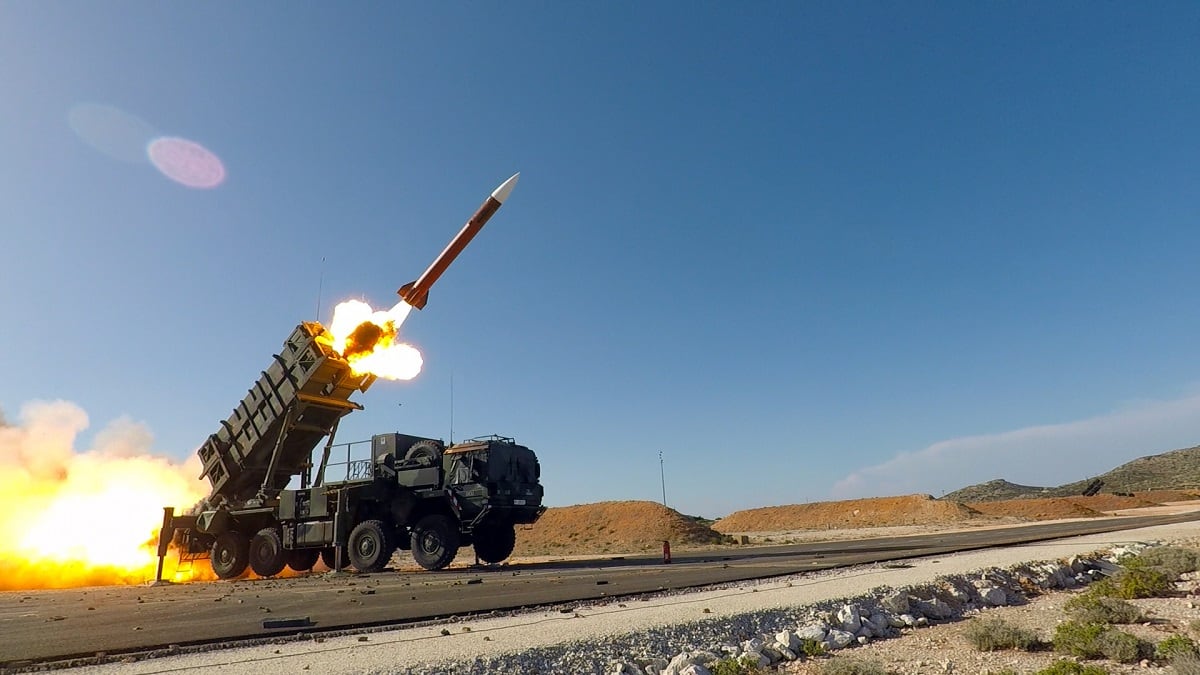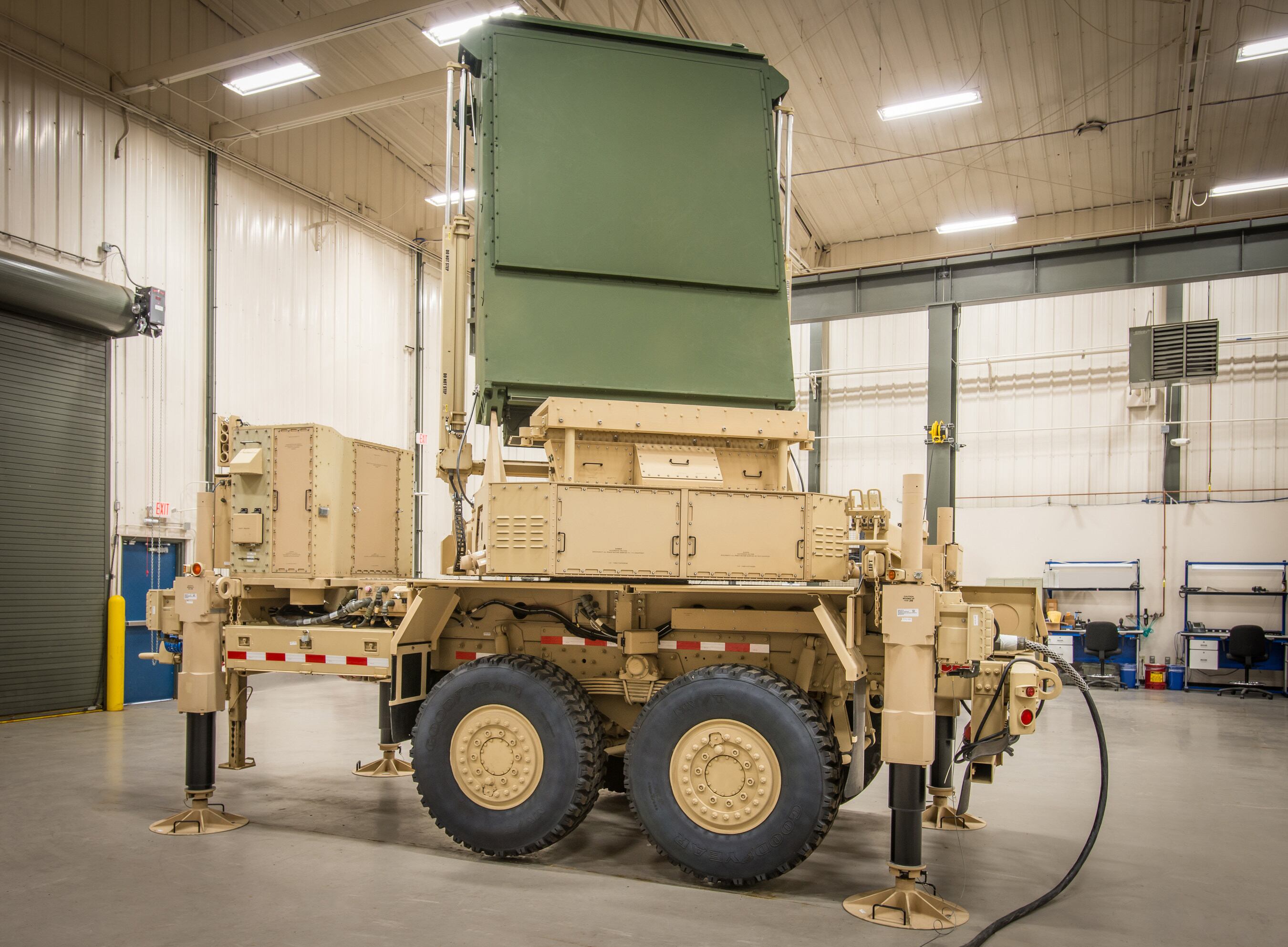WASHINGTON — The U.S. Army has picked Raytheon and Lockheed Martin to continue on the path to develop a next-generation air and missile defense radar following a concept design phase that looked at four different companies’ technology, according to company representatives.
A year ago, the Department of Defense Ordnance Technology Consortium awarded contracts to four companies to come up with designs to help inform the Army’s requirements for the Patriot AMD radar replacement. Because of their previous involvement, it came as no shock both Raytheon and Lockheed received contracts for the Lower Tier Air-and-Missile Defense Sensor. Northrop Grumman and dark horse Technovative Applications, based in Brea, California, were also awarded contracts.
The concept design contracts were given a period of performance of 15 months, so the downselect to Raytheon and Lockheed came slightly early.
Raytheon is the manufacturer of the legacy Patriot system, and Lockheed Martin spent years developing a system to replace Patriot, from which the Army ultimately walked away. That system — the Medium Extended Air Defense Systems — is still in development with Germany.
After spending years debating when and how it would replace its current Patriot system’s radar with one that can detect threats coming from any direction, the Army decided to hold a competition for a brand-new 360-degree, lower-tier AMD sensor in early 2017.
Replacing the radar becomes evermore critical as the Army looks at dealing with different threats: ones that fly slower, faster or maneuver differently.
According to the Army’s Air and Missile Defense Cross-Functional Team lead, Brig. Gen. Randall McIntire, the service is trying to move quickly to procure a radar more capable than the current one; any future radar must fit into the future Integrated Air and Missile Defense framework.
The AMD CFT is part of the Army’s new four-star organization — Army Futures Command — tasked to get after the service’s top six modernization priorities. AMD is fifth on that list ahead of soldier lethality and behind the network. Each priority has an assigned CFT to manage modernization efforts.
Congress has mandated that the Army by 2025 find a way to produce a 360-degree radar, accelerating the service’s effort to bring something online.
But the service has an even greater drive, according to McIntire, and is working with industry to see what is in the realm of the possible if it were to bring a radar online sooner in terms of cost and technological capability, comparing what would be achievable in two years, three years and beyond.
RELATED

The Army will get a capable radar over time, McIntire told Defense News in an Oct. 1 interview, but it might be worth quickly fielding a radar and then building capability into the system over time.
McIntire noted that while a 360-degree capability is a top priority, there might be some key performance parameters that rank higher such as more efficiency and better range.
“We are proud to be selected as one of the companies to move forward to the Technical Maturation and Risk Reduction phase for the Lower Tier and Air Missile Defense Sensor that will provide the United States Army the ability to detect, identify, track and report aircraft and missiles,” a Lockheed spokesperson said in an Oct. 3 statement to Defense News.
RELATED

Raytheon spokesman Mike Nachshen told Defense News that the company is entering the technology-maturation and risk-reduction phase of the program with a brand-new radar, rather than an upgraded Patriot radar.
The capability was designed from the ground up using gallium nitride technology and a staring array, rather than a rotating one, to provide constant 360-degree coverage, according to Nachshen. The company has its own GaN foundry.
Raytheon expects to begin discussions with the Army over the next few weeks to determine how the radar’s performance will be evaluated, the timeline of the phase and how much the Army plans to invest.
Jen Judson is an award-winning journalist covering land warfare for Defense News. She has also worked for Politico and Inside Defense. She holds a Master of Science degree in journalism from Boston University and a Bachelor of Arts degree from Kenyon College.








